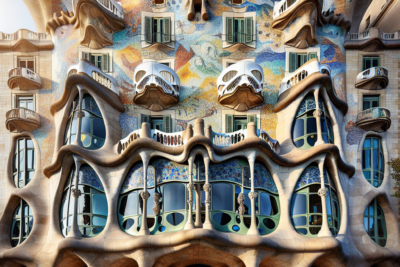
- The Architectural Wonders of Barcelona’s Sagrada Familia Towers
- Exploring the Symbolism Behind the Sagrada Familia's Tower Designs
- A Historical Journey: The Construction Timeline of Sagrada Familia Towers
- The Spiritual Significance of Barcelona’s Sagrada Familia Towers
- Unique Features of the Sagrada Familia Towers: A Closer Look
- Why the Sagrada Familia Towers are a Must-See in Barcelona
The Sagrada Familia, an iconic masterpiece designed by Antoni Gaudí, has captivated the hearts of millions with its intricate details and soaring towers. As construction continues into its second century, the building's towers stand as a testament to the ambitious vision that blends art, architecture, and spirituality.
In this exploration, we delve into The Majestic Saga of Barcelona’s Sagrada Familia Towers, uncovering the historical context, architectural innovations, and the enduring legacy of this extraordinary structure. Each tower tells a unique story, reflecting Gaudí's genius and the collective efforts of countless artisans who have contributed to its creation.
The Architectural Wonders of Barcelona’s Sagrada Familia Towers
The towers of the Sagrada Familia are not merely structural elements; they embody the spiritual aspirations of Gaudí. Each of the towers is dedicated to a specific religious figure, intricately designed to enhance the overall narrative of the basilica. The tallest tower, dedicated to Jesus Christ, will reach a staggering height of 172.5 meters, symbolizing the connection between heaven and earth.
Architecturally, the Sagrada Familia towers showcase a unique blend of Gothic and Art Nouveau styles, featuring organic shapes and vibrant colors. Their façades are adorned with rich symbolism and intricate sculptures, each representing different biblical themes. The use of hyperboloid structures allows the towers to achieve their remarkable heights while maintaining stability, demonstrating Gaudí's innovative engineering techniques.
- Height: The tallest tower reaches 172.5 meters.
- Material: Constructed primarily from stone and brick.
- Design Features: Unique hyperboloid and parabolic forms.
- Symbolism: Each tower corresponds to a religious figure or concept.
As the Sagrada Familia continues to evolve, its towers not only showcase Gaudí’s architectural ingenuity but also serve as a powerful reminder of the cultural heritage of Barcelona. Visitors from around the world are drawn to witness this architectural wonder, where each stone tells a story and each tower reaches toward the divine.
Exploring the Symbolism Behind the Sagrada Familia's Tower Designs
Exploring the symbolism behind the Sagrada Familia's tower designs reveals a rich tapestry of religious and cultural meanings. Each tower not only serves a functional purpose but also represents a profound connection to the divine. For instance, the tower dedicated to Jesus Christ symbolizes humanity's aspiration toward spirituality, reaching toward the heavens in a powerful expression of faith.
The design of the towers integrates elements that echo nature, illustrating Gaudí’s belief in the interconnectedness of all creation. The use of organic forms, inspired by natural structures, is evident in the way the towers rise and flow, reflecting the beauty of the world around them. This choice underscores Gaudí's intent to create a sacred space that resonates with both the earthly and the celestial.
- Religious Figures: Each tower is dedicated to a different saint or biblical figure, enhancing the spiritual narrative.
- Narrative Elements: Sculptural details on the towers convey stories from the Bible, inviting contemplation.
- Celestial Connection: The height of the towers signifies the aspiration towards divine realms.
Furthermore, the color and texture of the materials used in the tower construction contribute to their symbolic significance. The interplay of light and shadow throughout the day creates a dynamic visual experience, reinforcing the idea that these towers are not static monuments, but living expressions of faith and creativity. The Sagrada Familia's towers stand as a testament to Gaudí's visionary genius, inviting all who visit to explore their deeper meanings.
A Historical Journey: The Construction Timeline of Sagrada Familia Towers
The construction of the Sagrada Familia towers began in 1882 and has evolved through various phases, each contributing to its iconic status. The initial design by Antoni Gaudí set the foundation for a vision that has transcended generations. Key milestones in this historical journey include:
- 1882: Groundbreaking of the Sagrada Familia.
- 1914: Gaudí dedicates himself entirely to the project.
- 1926: Gaudí's death halts construction, leaving only the Nativity façade completed.
- 2026: Anticipated completion of the basilica, marking 144 years since its inception.
Throughout the decades, the construction has faced numerous challenges, from the Spanish Civil War to modern-day funding issues. Each period has influenced the techniques and materials used, resulting in a complex tapestry of architectural styles that reflects the changing times. The use of advanced technologies has allowed for the continuation of Gaudí’s original vision, bridging the past with the present.
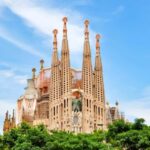 The Towering Majesty of Barcelona: Exploring the Sagrada Familia Towers
The Towering Majesty of Barcelona: Exploring the Sagrada Familia TowersThe towers themselves narrate a historical journey, symbolizing both the spiritual aspirations of the community and the artistic legacy of Gaudí. Each tower, intricately designed, mirrors the historical context in which it was built, illustrating a blend of tradition and innovation. The ongoing construction is a testament to the dedication of countless artisans and architects who have contributed to this monumental project.
| Year | Significant Event |
|---|---|
| 1882 | Start of construction under Francisco de Paula del Villar. |
| 1892 | Gaudí takes over as chief architect. |
| 1936 | Construction pauses due to the Spanish Civil War. |
| 2010 | Completion of the Passion façade. |
The Spiritual Significance of Barcelona’s Sagrada Familia Towers
The towers of Barcelona's Sagrada Familia hold profound spiritual significance, serving as monumental expressions of faith and devotion. Each tower is dedicated to a key religious figure, embodying the virtues and messages that they represent. The tallest tower, dedicated to Jesus Christ, symbolizes the ultimate connection between humanity and the divine, reaching skyward as a reminder of spiritual aspiration.
Gaudí's vision for the Sagrada Familia transcends mere architectural beauty, weaving together elements of nature and spirituality. The organic forms and intricate designs of the towers echo the interconnectedness of life, inviting contemplation of the divine in the natural world. By integrating these elements, the towers act as a bridge between the earthly and the heavenly, creating a sacred space that resonates deeply with visitors.
- Dedication: Each tower is a tribute to a specific saint or biblical figure.
- Symbolism: The heights of the towers signify humanity's quest for connection with God.
- Natural Elements: Designs reflect organic forms, emphasizing the unity of creation.
Furthermore, the changing light and shadow across the façades throughout the day serve to enhance the spiritual atmosphere of the Sagrada Familia. This dynamic interplay not only highlights the detailed craftsmanship but also reinforces the notion that the towers are living embodiments of faith. As they continue to rise, the Sagrada Familia towers stand as enduring symbols of hope and aspiration for future generations.
Unique Features of the Sagrada Familia Towers: A Closer Look
The Sagrada Familia towers are renowned for their distinctive architectural features that set them apart from typical structures. One of the most unique aspects is their asymmetrical design, which intentionally breaks away from the convention of uniformity found in traditional towers. Each tower reflects a different aspect of Christian symbolism, showcasing variations in height, form, and decoration that contribute to the overall narrative of the basilica.
Another remarkable feature is the use of natural motifs throughout the towers. Gaudí drew inspiration from nature, evident in the organic shapes that mimic trees and plants. This biophilic design approach enhances the connection between the sacred and the natural world, allowing visitors to experience a sense of harmony while admiring the intricate details. The incorporation of light into these designs creates ever-changing visual effects, further emphasizing the ethereal qualities of the towers.
- Colorful Tile Work: Each tower is adorned with vibrant mosaics, reflecting a spectrum of colors that change with the light.
- Sculptural Elements: The towers feature elaborate sculptures that narrate biblical stories, inviting visitors to engage thoughtfully with their meanings.
- Intertwined Structures: The towers utilize a hyperboloid structure, which not only adds to their height but also enhances stability, showcasing Gaudí's revolutionary engineering.
Moreover, the distinct heights of the towers serve a dual purpose: they create a dramatic skyline that characterizes Barcelona while also representing the hierarchy of the Christian faith. The tallest tower, dedicated to Jesus Christ, signifies the centrality of Christ in Christianity, while the other towers signify saints and apostles, creating a spiritual ladder that invites contemplation on one's own faith journey. This thoughtful design illustrates how the Sagrada Familia towers are not just architectural feats, but profound expressions of spirituality and artistry.
Why the Sagrada Familia Towers are a Must-See in Barcelona
The Sagrada Familia towers are an essential part of Barcelona’s architectural identity, embodying innovation and spirituality. As visitors gaze upward, they are captivated not only by the sheer height of the towers but also by the profound narratives each structure conveys. Exploring these towers offers an immersive experience into Gaudí's visionary approach, blending artistry with religious significance through meticulous craftsmanship and a deep understanding of symbolism.
One of the key reasons the Sagrada Familia towers are a must-see is their unique architectural style. Gaudí's innovative designs incorporate elements of both Gothic and Art Nouveau, yet they stand apart with their organic shapes and intricate details. Visitors can appreciate features such as:
- Distinctive Forms: Each tower has its own shape, symbolizing different aspects of Christianity.
- Use of Color: The vibrant mosaics reflect light in mesmerizing patterns throughout the day.
- Dynamic Silhouette: The asymmetry creates a dramatic skyline, making it instantly recognizable.
Additionally, the towers are not static; they are continuously evolving, much like the city of Barcelona itself. The ongoing construction signifies a commitment to preserving Gaudí's legacy while adapting to modern techniques and materials. This aspect of the project invites visitors to witness a living history, where each visit can reveal new details and developments. The towers truly encapsulate the spiritual journey of the community, bridging past, present, and future.
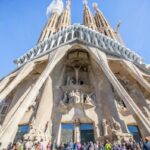 The Majestic Towers of Sagrada Familia: A Must-See in Barcelona
The Majestic Towers of Sagrada Familia: A Must-See in BarcelonaIn conclusion, a visit to the Sagrada Familia towers is more than just an architectural tour; it is an exploration of faith, creativity, and cultural identity. The intricate designs and the stories they embody resonate deeply with visitors from around the world. Standing before these magnificent towers, one cannot help but feel a profound connection to both the divine and the artistic spirit that defines Barcelona.
If you want to know other articles similar to The Majestic Saga of Barcelona’s Sagrada Familia Towers you can visit the category WHERE YOU CAN GO.
Deja una respuesta

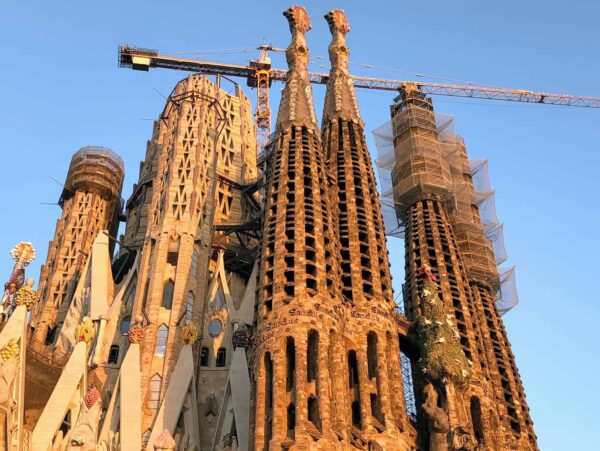
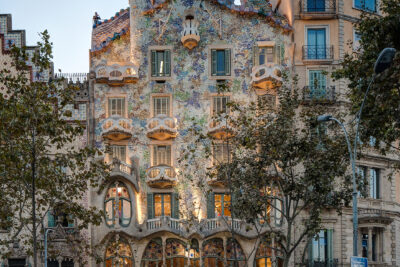
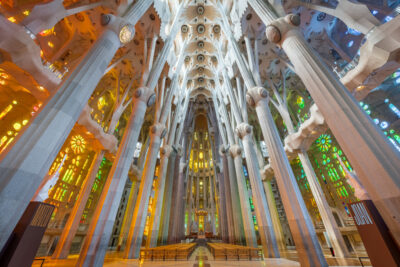
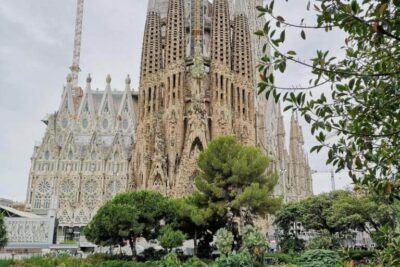
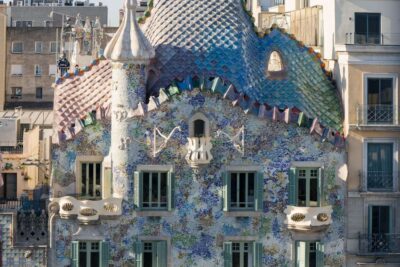
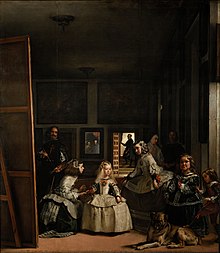
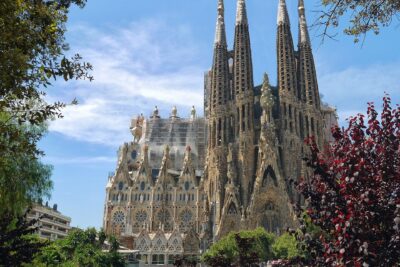
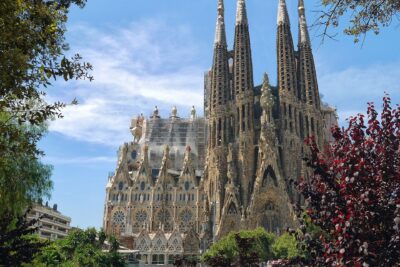
Read more!